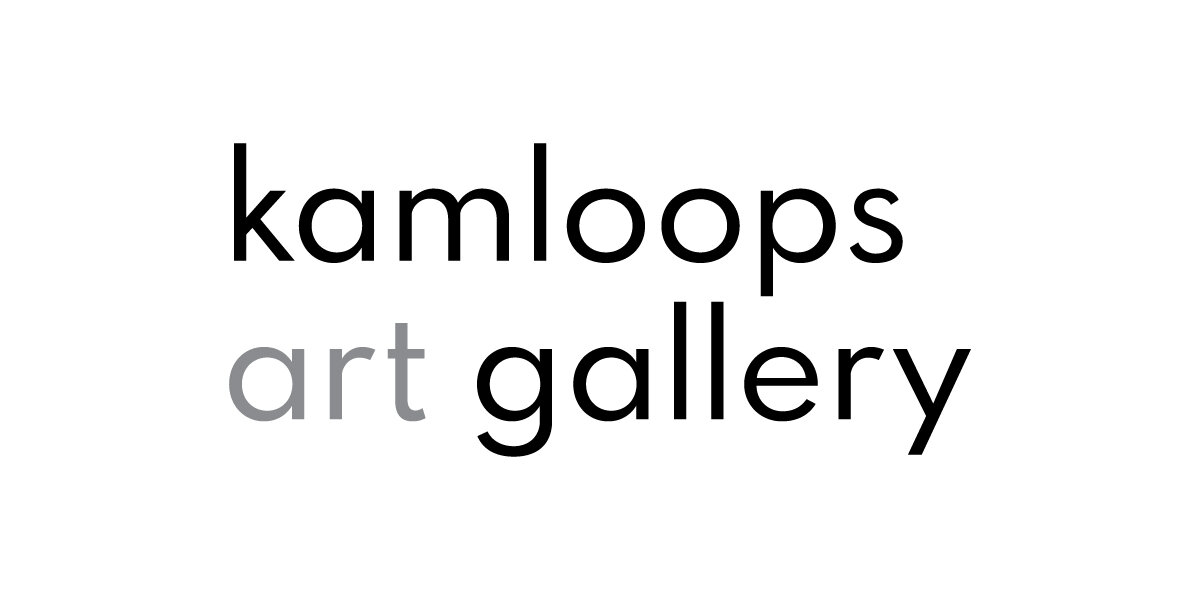Cultural Briefcases
SCHOOL PROGRAM LESSON PLAN – Grades 7-9
Cultural Briefcases
Final Project Description:
Small paper boxes with handles will be made to hold several small, multimedia works on paper.
Description:
Inspired by Teresa Marshall’s Cultural Briefs, students will make mini suitcases to fill with images that depict their understanding of their personal cultural practices – the food, celebrations, traditions, places, holidays and activities that inform their understanding of themselves. Students can use storytelling and writing in addition to image making.
Theory:
Students will (taken from the BC Curriculum PLOs):
-use a variety of image sources to create images, including observation, emotions, ideas, and concepts, imagination, memories and sensory experiences.
-create 2D and 3D images that convey personal or social beliefs and values.
-analyse and apply a wide variety of image sources and image-development strategies.
-analyse visual arts styles from a variety of social, historical, and cultural contexts.
-asses the relationship between selected artists and their social, historical, and cultural contexts.
Creation & Analysis:
Brainstorm what “cultural practice” means. Examples of cultural practice:
Religious and spiritual practices
Medical treatment practices
Forms of artistic expression
Dietary preferences and culinary practices
Cultural institutions
Natural resource management
Housing and construction
Childcare practices
Governance, leadership, conflict resolution
Power relationships
"Everyday life" practices (including household relationships)
Other practices not listed above
This is a two part project. Students will make and decorate “suitcases” out of paper and will fill the suitcases with drawings and other objects and things that can fit into their boxes. Relate this to Teresa Marshall’s work and reiterate tour information about her work briefly.
Start with two sheets of the same colour paper to make the box that will act as the suitcase body. Use the template and instructions provided to trace the pattern onto coloured paper. Have the instructions on a hand out and explain that it will be easier to paint or draw on or otherwise embellish the outside of the suitcase with detail BEFORE folding the box – it’s generally harder to work on a 2D surface, explain that understanding how the box pattern will fold over will have a bearing on the design they choose to make also.
Explain how to make a variety of suitcase handles. Give students some options for devising their own way to put a handle on – improvise some solutions to making and attaching handles and have kids either follow these or make up their own.
The drawings as works for the inside of the suitcase can be approached in a number of ways. Students can make a single drawing/painting/collage work that can be folded (like an accordion) to fit their boxes OR they can make a single drawing and cut it into pieces. Explain that cultures can suffer from being disconnected from parts of their cultural practices and that having all of the parts to make the whole in the suitcase (like cards) is important. Students can also make individual cards that address specific aspects of their understanding of culture and cut paper down to fit inside their boxes.
Have a variety of drawing, painting and other materials out. The works should be mixed media – explain what this means and why some artists choose to use more than one medium in a single work. Explain that the things they make should fit into their boxes, so 3D elements will have a certain restriction.
Duration:
45 minutes in the studio – 20 mins working on boxes, 25 mins working on things to put inside
Materials:
Paper(s)
Variety of drawing materials
Watercolour palettes
Paintbrushes
Ink
Mixed papers
Collage items
Scissors
Tape, glue
Materials from any ‘misc’ boxes
Look & Discuss:
If students are having trouble getting started, ask them what they know about their parents and their heritage. Explain that suitcases hold things for travelling and that culture is something that we can bring with us wherever we go. Culture is our understanding of ourselves and what we think is important. What is important to people in BC? (Nature, freedom, space, healthy water and air, recreation, etc).
Ask about things that are distinctly ‘Canadian’ and what their perception of ‘Canadianness’ includes and what it excludes. Explain that many different kinds of settlers came to Canada and many different kinds of people were living here before they came.
Talk about Teresa Marshall’s ideas about her work – she designed her briefcase to be like a drum, which is important to her culture. The Gallery rule about not touching artwork is humourous in this instance, because the work is something designed to be played. What happens when the understandings of certain contexts collide? Perhaps discuss ‘culture shock’ or differences in perception that can surround cultures with unlike understandings. How might these be resolved? What is the best way to experience a culture that is different from yours? (Ask questions, wait to be invited, observe how things are done and respond, read about other cultures, talk to people about their understandings and etiquette).
Prep:
Have paper folding patterns photocopied and ready for students to cut out and use as a template.
Have materials out and ready with everything needed to use. This is a mixed media project, so a number of materials should be set out for students to choose between and work with.
Show the complete installation work of Teresa’s project online, if you have time and explain that the briefcase is one element of a larger work. Explain the term ‘permanent collection’.
Take it further:
Ask students about the kinds of things their parents of grandparents or great grandparents would put in a suitcase if they had one. What would they need for travelling or living in the place they’re from? What would be useful to them? What would they want to hold onto? Would you want to keep the same things or different things – why?
